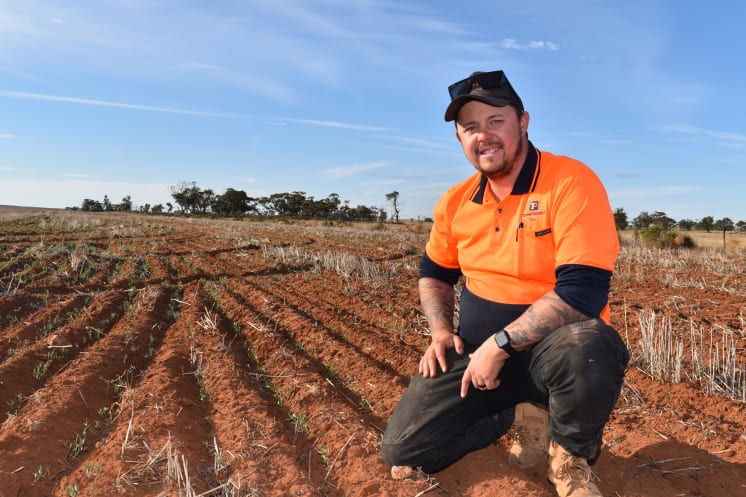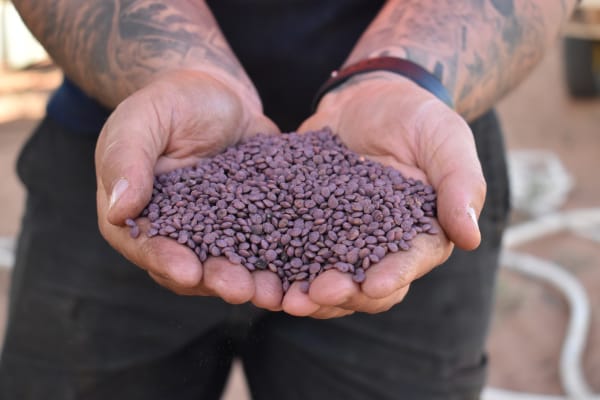MORE lentils are being sown into the ground this year, with many local dryland farmers seeing the benefit of the crop in their rotations.
After finding success with lentils last year, Taldra grain producer Travis Flight said he has doubled the amount sown to give a total of 800ha.
“We’ve gone whole hog into it really to try and make them work,” he said.
“We are on the hunt for the perfect rotation for us.
“We are trying to find the right legume structure that will give us low inputs, low risk, but high returns.
“We are trying to see if lentils will fit that role.”
Mr Flight said in comparison to other crops, such as chickpeas, lentils were showing good signs of being easier to manage.
“With our chickpeas, we had a lot of rain, had to spray them heaps and ended up having a really bad-quality year,” he said.
“We had to hold them for nearly 12 months before we could move them and it was too hard to get rid of them.
“But within two weeks of harvesting the lentils, they were gone and we got really good money for them.”
Mr Flight said seeding began at the start of April, with lentils sown after vetch and lupins.
“They like being in early,” he said.
“Around the 20 to the 25 of April is their optimum window from all my agronomy reports that I’ve been getting.”
Along with previous success, Mr Flight said growing lentils has other benefits.
“Another advantage out of them is that while the dollar value on their seed is still high, you only sow 45kg per hectare, whereas chickpeas you sow at 100kg per hectare,” he said.
“They throw up an agronomic advantage, too.
“With chickpeas you can only grow them once every four years in the same paddock as they get ascochyta blight and there’s no real protection for it.
“Lentils get ascochyta, but nowhere near as bad and the strain is controllable and you can treat for it.
“The lentils also fix a bit more nitrogen being a legume, so they give us a bit more back.”
Mr Flight said the main lentil they grow is called Nipper, a small red variety.
“We even managed to score a tonne of a brand new variety, called Thunder,” he said.
“It’s only been out a few years and meant to be a higher-yielding variety.
“See if we can give that a crack and get some success from that, too.”
While lentils have many positives, Mr Flight said they still have some disadvantages with the crop difficult to harvest.
“The plant is very small,” he said.
“We bought a fancy new header front as well that we can put on the deck (ground).
“We had to buy a steel roller as well because they don’t grow very big.
“That has always been the downside to having lentils in this area, especially if we have a drier finish or a drier season.”
Along with vetch, lupins, chickpeas, field peas and lentils, traditional crops like barley and wheat were also sown.
“We had about 12mm on Easter Monday and prior to that we had about 10mm,” Mr Flight said.
“So 22mm at the start of April, you couldn’t ask for a better start really.”










